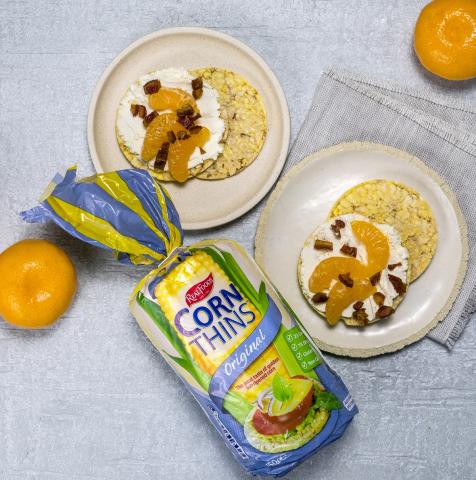You Have Just Been Told You Have Low Iron, Now What?

You may be one of the nearly 2 in 5 women in Australia over the age of 18 years who have iron deficiency. The reason you have been feeling the constant fatigue is your body does not have enough iron it needs to function properly, there can be many causes of low iron which include:
- You have heavy periods.
- Your genes may predispose you to this condition.
- You are an elite athlete and not eating extra iron rich sources needed as this can cause your red blood cells to damage.
- Gut conditions like irritable bowel syndrome and coeliac disease.
- If you are a vegetarian or vegan and not eating enough plant sources to achieve your iron needs.
Now what?
The first step is always supplementation with iron supplements. Talk to your GP about which one is best for you. In addition to this, a diet rich in iron is equally as helpful in the long term to keep your iron levels in a range your body needs.
How much iron do you need?
Women aged 18-50 years need 18mg of iron daily, this can seem like a big ask when men require less than half this at 8mg a day.
How to get enough from your diet:
The easiest source for your body to use is called haem iron. This is the iron you will find in animal meats, chicken and fish; your body can absorb around 20% of haem iron. The other type in non-haem or the non-animal form of iron found in plant foods like whole grains, legumes, tofu, fortified food and beverage products, leafy greens and nuts and seeds. Unfortunately, only around 6.4-18% of non-haem iron is absorbed in your gut. This is one reason why vegetarians and vegans need to be mindful to include enough iron foods to get enough iron.
The recommendations suggested women over 18 eat 2.5 serves of meat sources or alternatives, 6 serves of whole grains and 5 serves of vegetables daily. These three categories are the ones which will give you the iron sources and is one of many reasons why a balanced diet is important for your health.
If you are a vegetarian or vegan here are top tips to help your body absorb the maximal amount of iron:
- Include a source of vitamin C with the meal, so is another great excuse to add a side salad to your meal. Also sprinkling the salad with vinegar or lemon juice is another great way to increase the absorption on non-haem iron.
- Do not drink any tea or coffee with your meal as the caffeine, tannins and polyphenols will stop the iron being absorbed in your gut.
- If you do eat meat, poultry or fish these haem sources increase the amount of iron in non-haem iron sources.
- If you take calcium or iron supplements, choose not to take at the same time, as the calcium will bind to the iron and your body cannot absorb it.
- Oxalate and phytates are not a friend to iron. These are found in spinach, legumes and high fibre containing foods. If you are worried about eating Corn Thins™ the above steps will play a larger role in boosting your iron levels. These delicious whole grains are still recommended to be included as part of an overall balanced diet.
To make sure your body has the best chance of absorbing the non-haem iron, leave around an hour before you consume any of the above things which decreases the amount of iron your body will absorb.
Take home message: Knowledge is power! Try using these handy tips to increase the amount of iron absorbed in your diet and if in doubt seek out a professional such as an Accredited Practicing Dietitian to make sure you are meeting all the needs of your body.
References:
- Australian Bureau of Statistics. www.abs.gov.au
- S. Afr Med J. 1983 Sep 28;64(14):552-6.